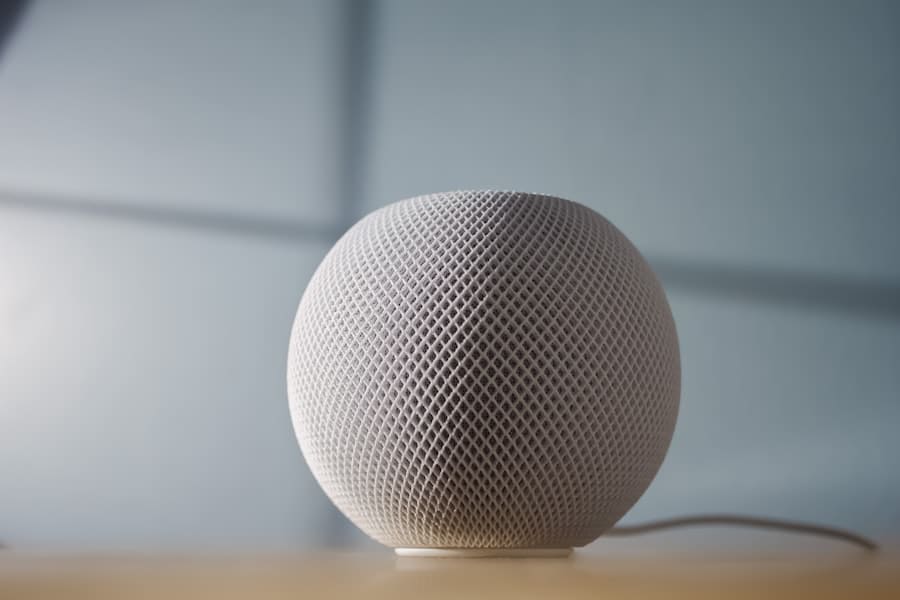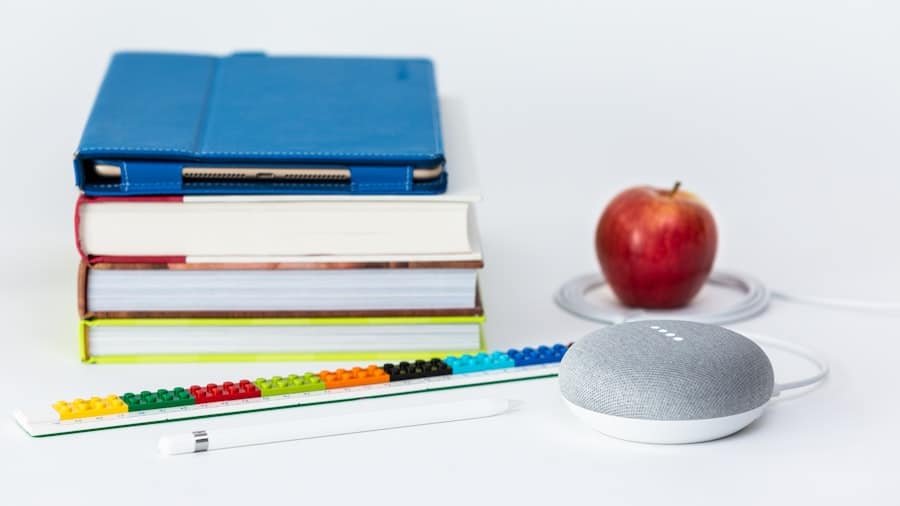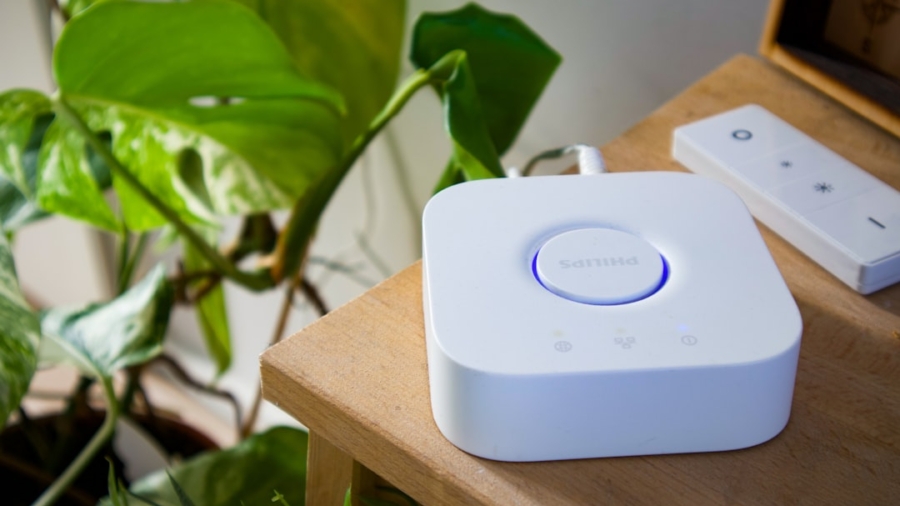The concept of smart homes has evolved significantly over the past few decades, driven by advancements in technology and a growing awareness of environmental issues. A smart home is equipped with devices that automate tasks traditionally performed by humans, enhancing convenience, security, and energy efficiency. These homes utilize the Internet of Things (IoT) to connect various devices, allowing homeowners to control everything from lighting and heating to security systems and appliances through a centralized interface, often via smartphones or voice-activated assistants.
As the world grapples with climate change and resource depletion, the integration of green technologies into smart homes has become increasingly vital. This intersection not only promotes energy efficiency but also fosters sustainable living practices. Green technologies encompass a wide range of innovations designed to reduce environmental impact and promote sustainability.
In the context of smart homes, these technologies include energy-efficient appliances, solar panels, smart thermostats, and water-saving fixtures. The synergy between smart home technology and green practices creates a holistic approach to living that minimizes waste and maximizes resource efficiency. As consumers become more environmentally conscious, the demand for smart homes equipped with green technologies is on the rise, leading to a transformation in how we think about residential living spaces.
Key Takeaways
- Smart homes and green technologies aim to create sustainable and energy-efficient living spaces.
- Energy efficiency in smart homes can be achieved through the use of smart appliances, LED lighting, and advanced insulation.
- Integration of renewable energy sources such as solar panels and wind turbines can further reduce the environmental impact of smart homes.
- Smart home automation not only enhances convenience but also helps in reducing energy consumption and environmental impact.
- Sustainable materials and smart home construction techniques play a crucial role in minimizing the environmental footprint of smart homes.
Energy Efficiency in Smart Homes
Energy efficiency is one of the most significant benefits of smart home technology. Smart homes are designed to optimize energy consumption through intelligent systems that monitor usage patterns and adjust settings accordingly. For instance, smart thermostats can learn a homeowner’s schedule and preferences, automatically adjusting heating and cooling to ensure comfort while minimizing energy waste.
According to the U.S. Department of Energy, homeowners can save an average of 10-15% on heating and cooling costs by using a smart thermostat effectively. Moreover, smart lighting systems contribute to energy efficiency by utilizing LED bulbs that consume less power than traditional incandescent bulbs.
These systems can be programmed to turn off when rooms are unoccupied or adjust brightness based on natural light levels.
The cumulative effect of these technologies can lead to substantial reductions in energy consumption, which not only lowers utility bills but also decreases the overall carbon footprint of a household.
Integration of Renewable Energy Sources

The integration of renewable energy sources into smart homes represents a significant step toward sustainable living. Solar panels are perhaps the most common renewable energy technology adopted in residential settings. By harnessing sunlight, homeowners can generate their own electricity, reducing reliance on fossil fuels and lowering greenhouse gas emissions.
In addition to solar energy, other renewable sources such as wind and geothermal energy are gaining traction in smart home designs. For instance, small wind turbines can be installed in suitable locations to supplement energy needs, while geothermal heat pumps provide efficient heating and cooling by utilizing the earth’s stable underground temperature.
The combination of these renewable sources with smart home technology allows for real-time monitoring and management of energy production and consumption, enabling homeowners to make informed decisions about their energy use.
Smart Home Automation and Environmental Impact
Smart home automation extends beyond mere convenience; it plays a crucial role in reducing environmental impact. Automated systems can manage energy consumption more effectively than manual controls, ensuring that resources are used judiciously. For example, automated blinds can adjust based on the time of day or weather conditions, reducing the need for artificial lighting and heating.
This not only enhances comfort but also contributes to lower energy usage. Furthermore, smart appliances equipped with sensors can optimize their operation based on real-time data. A smart washing machine can determine the optimal water level and cycle duration based on the load size and fabric type, minimizing water and energy waste.
Similarly, smart refrigerators can monitor food inventory and suggest recipes based on available ingredients, reducing food waste—a significant contributor to environmental degradation. By automating these processes, smart homes can significantly lessen their ecological footprint while promoting sustainable living practices.
Sustainable Materials and Smart Home Construction
The construction of smart homes often incorporates sustainable materials that contribute to environmental conservation. Builders are increasingly opting for eco-friendly materials such as bamboo flooring, recycled steel framing, and low-VOC (volatile organic compounds) paints that minimize harmful emissions. These materials not only reduce the environmental impact during construction but also enhance indoor air quality for residents.
Additionally, innovative building techniques such as modular construction are gaining popularity in the realm of smart homes. This approach allows for prefabricated components to be manufactured off-site, reducing waste and construction time while ensuring precision in building design. The use of sustainable materials combined with smart technologies creates homes that are not only energy-efficient but also environmentally responsible from the ground up.
Water Conservation in Smart Homes

Water conservation is another critical aspect of sustainable living that smart homes address effectively. Traditional plumbing systems often lead to water wastage due to leaks or inefficient fixtures. However, smart home technology offers solutions that help monitor and manage water usage more effectively.
Smart irrigation systems, for instance, utilize weather data and soil moisture sensors to optimize watering schedules for gardens and lawns, ensuring that plants receive adequate hydration without unnecessary waste. Moreover, smart faucets and showerheads equipped with flow sensors can help reduce water consumption by adjusting flow rates based on user behavior. For example, some smart shower systems allow users to set a timer for their showers or provide feedback on water usage in real-time, encouraging more mindful consumption habits.
By integrating these technologies into daily routines, homeowners can significantly reduce their water footprint while maintaining comfort and convenience.
Smart Home Monitoring and Environmental Benefits
Monitoring systems play a pivotal role in enhancing the environmental benefits of smart homes. These systems provide homeowners with real-time data on energy consumption, water usage, and indoor air quality, empowering them to make informed decisions about their resource use. For instance, smart meters can track electricity usage patterns over time, allowing homeowners to identify peak consumption periods and adjust their habits accordingly.
Additionally, air quality monitors can detect pollutants such as volatile organic compounds (VOCs), carbon dioxide (CO2), and particulate matter within the home environment. By providing insights into indoor air quality, these devices enable residents to take proactive measures to improve ventilation or reduce sources of pollution. The ability to monitor environmental factors not only enhances personal well-being but also contributes to broader sustainability goals by encouraging responsible resource management.
Future Trends in Smart Homes and Green Technologies
As technology continues to advance at an unprecedented pace, the future of smart homes is poised for exciting developments that will further enhance their sustainability features. One emerging trend is the increased integration of artificial intelligence (AI) into smart home systems. AI algorithms can analyze vast amounts of data from various devices to optimize energy use dynamically, predict maintenance needs, and even suggest lifestyle changes that promote sustainability.
Another trend is the growing emphasis on community-based smart home solutions that leverage shared resources for greater efficiency. For example, neighborhood solar power networks allow multiple homes to share solar energy generated from communal installations, maximizing resource use while minimizing individual costs. Additionally, advancements in battery storage technology will enable homeowners to store excess renewable energy for later use, further enhancing self-sufficiency.
As consumer awareness of environmental issues continues to rise, the demand for smart homes equipped with green technologies will likely increase. This shift will drive innovation in both product development and building practices, leading to smarter, more sustainable living environments that align with global efforts toward environmental stewardship and climate resilience.
In the context of the growing interest in smart homes and their role in promoting green technologies, it’s essential to consider the broader technological landscape that supports these advancements. An interesting related article is Top Trends on LinkedIn 2023, which explores how professional networks are increasingly focusing on sustainability and technology integration. This article highlights the importance of industry trends and professional insights in driving the adoption of smart home technologies, which are pivotal in the shift towards more sustainable living environments.
FAQs
What are smart homes?
Smart homes are residences that use internet-connected devices to enable the remote monitoring and management of appliances and systems, such as lighting and heating.
What are green technologies?
Green technologies are products and processes that are designed to have a minimal impact on the environment. This can include energy-efficient appliances, renewable energy sources, and sustainable building materials.
How are smart homes driving growth in green technologies?
Smart homes are driving growth in green technologies by enabling homeowners to monitor and control their energy usage more effectively. This can lead to increased adoption of energy-efficient appliances, renewable energy sources, and other green technologies.
What are some examples of green technologies in smart homes?
Examples of green technologies in smart homes include smart thermostats that optimize heating and cooling, energy-efficient LED lighting, solar panels for renewable energy generation, and smart irrigation systems for water conservation.
What are the benefits of integrating green technologies into smart homes?
Integrating green technologies into smart homes can lead to reduced energy consumption, lower utility bills, and a smaller environmental footprint. It can also provide homeowners with greater control over their energy usage and contribute to overall sustainability efforts.

